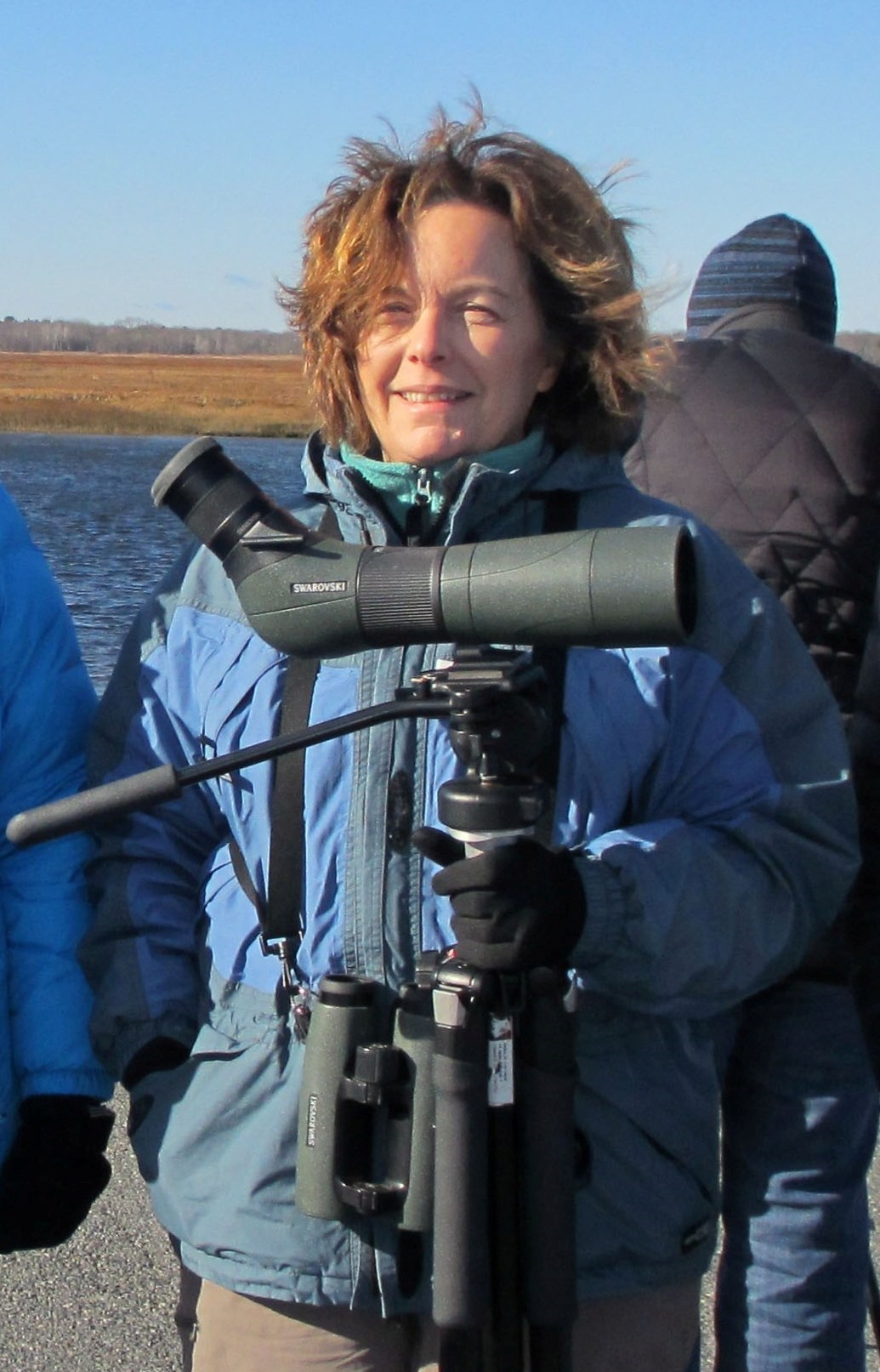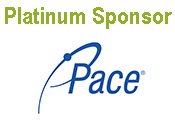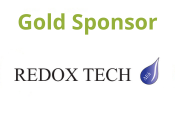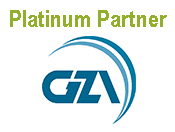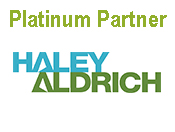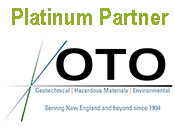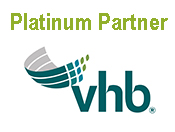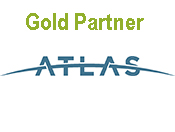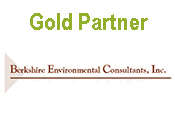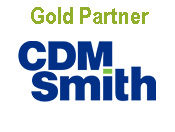LSP Board Profile: Deborah Listernick
Debra Listernick is very serious about birds. She has volunteered to lead public programs and bird watching trips, banded migratory birds, and participated in bird counts, primarily for Massachusetts Audubon Society’s (MAS) Joppa Flats sanctuary in Newburyport. Her birding places range from the Parker River National Wildlife Refuge on Plum Island to the La Milpa Field Station in Belize, where she conducted bird banding training sessions for researchers and naturalists, and to Cuba, where she participated in a Cuban Bird Survey. This January, Listernick will co-lead a MAS trip along the Rio Grande Valley from El Paso to Albuquerque. Then there is her day job.
Listernick is a senior risk assessor for O’Reilly, Talbot & Okun Associates (OTO), in the firm’s Westborough office. “People come into the environmental consulting industry from different angles,” says Listernick. “I came into it as an environmentalist.” Listernick cut her teeth on environmental health as an undergrad in biology and environmental studies at the University of Vermont. After graduating, she took a position at the Massachusetts Department of Public Health. She volunteered for a DPH-sponsored health study by conducting phone interviews of Woburn residents. The experience also provided her with an introduction to Woburn activist Gretchen Latowsky, whose seat she later assumed on the LSP Board. Listernick is sure that Latowsky has no memory of her from those days: she was one of many volunteers working on the study. But, she says, it was that experience that directed her towards an academic focus on environmental and public health and a career conducting risk assessments for private sector firms. When Listernick entered the environmental consulting business nearly 30 years ago, after receiving her MPH in Environmental Toxicology & Environmental Health Policy from the University of Michigan, Silresim in Lowell and the Wells G&H site in Woburn were still making headlines, EPA’s Superfund Law was in its infancy, and the adoption of the Commonwealth’s privatized cleanup program was still 10 years away. But Listernick was drawn to the private sector and opted to apply her skills to the assessment of risk at cleanup projects, first for GZA GeoEnvironmental and then for CDM Federal Programs. Listernick joined the staff of OTO in 1996. “It was the beginning of the environmental field,” says Listernick, explaining why she eschewed two research-focused public sector job offers for the private sector. “There was the science part, the regulatory part, and the public health part rolled into one,” she said. “It was a good mix for my interests and skills.”Listernick was appointed to the LSP Board in 2011, filling one of the three statutorily mandated environmental seats. Her decision to put her name in for consideration on the Board was a natural progression from her work with the LSPA's Loss Prevention Committee. As she sees it, the LSP Board, MassDEP, and the LSPA are all interested in the same thing – compliance. “That is the common thread,” she says. “The LSPA Loss Prevention Committee tries to help LSPs stay compliant; MassDEP obviously wants them to be compliant; and the Board is charged with maintaining compliance,” she says. Her focus on the Loss Prevention Committee was reviewing notices of non-compliance on sites with vapor intrusion (VI) issues and looking at what MassDEP saw as deficiencies. “Part of what we were doing was conducting a review of the issues [MassDEP] was raising and seeing if there was consistency across the regions. Just what was the standard of care for LSPs?” Prior to the formation of the MassDEP VI workgroups and the issuance of the first version of the VI Guidance Document, there was a lack of consistency with respect to what MassDEP expected at VI sites. Without clarity on the expected standard of care, LSPs were getting caught in the middle, she says. “With new toxicity information on TCE and PCE, MassDEP started going back to look at VI sites to make sure there was no potential for health risks. With this information, MassDEP was taking sites that were closed and revisiting them to be health protective. New science and technology was becoming available and it was taking everyone time to catch up. It was a moving target.” In fact, Listernick says, 2015’s LSP exam will be the first where candidates will be specifically tested on VI issues. “We have an acronyms and abbreviations list from when the exam was last revised, and the term VI is not even on it.” Despite the commonality of purpose, Listernick stepped down from her role with the LSPA as soon as she was appointed to the Board. She thought it was best to maintain a clear separation and understands that there is a natural tension between practicing LSPs and the Board that regulates them. That tension is not what it once was, she says noting that there are only about six disciplinary cases in the pipeline. “The privatized program has matured,” she said. “LSPs have matured.” One of the Board’s priorities is revising its regulations, which were last updated in 2005. According to Listernick, EOEEA contacted the Board in 2012 regarding the Governor’s initiative to reform the Commonwealth’s rules and regulations. Although all sections of its regulations have been subject to review, the Board’s major focus has been on licensure, continuing education, and disciplinary procedures. Updating the exam has also been a huge undertaking for the Board, says Listernick, and there have been a steady stream of applicants applying to take it. It is clear that people want to become LSPs, Listernick says. “People decide this is the profession they choose. Yes, there is the responsibility and liability, but these are things that go along with the title of LSP. This is a license that says you have these abilities. If you are going to do the work, you need to have the credentials.” The Board is also exploring expanding the use of technology: on-line renewal of licenses is a Board priority, says Listernick, and there is a limited – but growing – number of online and webinar courses that have been approved for continuing education credits. Revisions to the regulations will clarify and expand the current language on internet courses, she says, but she does not see them completely replacing site-based continuing education programming. “It’s going to be an increasing part of continuing education, but I don’t ever see it replacing face-to face.” The industry is continuing to change and mature, says Listernick, but she misses the early days of the program when consultants were feeling their way around the new regulations and building the profession. “We were trying to figure it out,” she says. “I think we knew something of what we were doing, but that is what made it interesting. It was more creative,” she said. But, she concedes, “There is something to be said for standards in a privatized program.”
|

